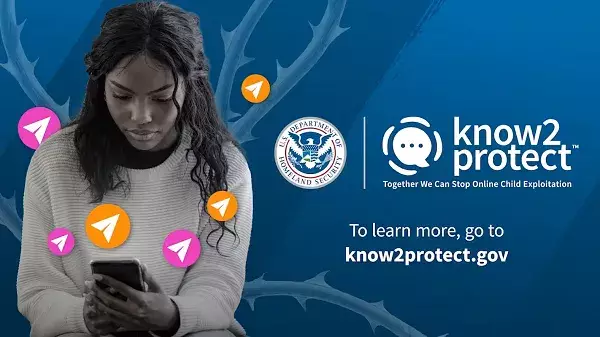In the midst of an escalating digital landscape laden with dangers, Snapchat is stepping up its commitment to combat child sexual exploitation and online abuse. As a founding member of the U.S. Department of Homeland Security’s “Know2Protect” initiative, Snapchat aims to illuminate the issues surrounding child sexual exploitation and abuse (CSEA). The program, launched in April 2022, focuses on equipping young users with the knowledge necessary to navigate the online world safely. This article examines Snapchat’s recent research findings, evaluates its effectiveness, and underscores the necessity of continuous vigilance against growing digital threats.
The Reality Check: Unearthing Alarming Statistics
The statistics emerging from Snapchat’s research are disconcerting, underscoring the magnitude of the challenges posed by online interactions. Despite their efforts to educate, the data reveals that 24% of teens admitted to having shared intimate images, a figure unchanged from the previous year. Alarmingly, 33% of participants reported experiencing online grooming, while 35% confirmed they had fallen victim to catfishing. These findings illustrate that merely being aware of risks does not equate to an effective deterrent against them.
Among those teens who did share intimate content, a staggering 55% indicated they had been misled about the person’s true identity. This exemplifies the critical need for robust educational tools and preventive measures. The issue becomes exponentially grave among the younger demographic, where nearly two-thirds (63%) of those who shared intimate images indicated they lost control over their content. This statistic not only conveys the personal risks involved but also reflects a troubling cultural acceptance of sharing vulnerable images among peers.
Creating Connections: Raising Awareness through Know2Protect
In response to these alarming statistics, Snapchat has taken steps to raise awareness. Remarkably, awareness of the Know2Protect initiative has increased, with 28% of respondents reporting familiarity with the campaign. This marks a significant 17-point increase since the previous round of research. Moreover, nearly half of those aware of Know2Protect could articulate its elements in open-ended responses, hinting at a deeper understanding cultivated over the past months.
This uptick in awareness is promising; however, the program’s efficacy would hinge on those insights translating into actionable change. Impressively, 89% of respondents stated that the campaign motivated them to access more information about online safety. This foundation indicates a critical shift toward heightened vigilance and responsibility among youth, suggesting that their sense of empowerment can be heightened through education and resource access. The potential ripple effect of this awareness could be monumental.
Innovative Steps: Snapchat’s Commitment to User Safety
In addition to broad awareness campaigns, Snapchat has taken significant strides in fortifying its platform against exploitation. The company has implemented technology like PhotoDNA in collaboration with Google’s CSAI Match, actively working to identify and eliminate duplicates of known illegal content. Further enhancing user safety, Snapchat has introduced in-app warnings designed to caution users about suspicious friend requests, effectively placing power back into the hands of users.
Snapchat is also continually enhancing its Family Center, offering parents greater transparency and control over their children’s online activities. This initiative acknowledges the essential role that guardians play in safeguarding young users in a rapidly evolving digital environment. As the nature of threats morphs with technological advancements, the significance of these protective measures cannot be overstated.
The Road Ahead: Navigating Challenges with Vigilance and Education
Despite Snapchat’s commendable efforts, the road ahead may pose considerable challenges. The concerning stability in the rates of intimate image sharing suggests that awareness alone is insufficient in shifting behaviors. Moreover, the rise of sophisticated AI-generated deepfakes complicates the landscape further, suggesting that continued innovation and adaptation in educational approaches and platform safety are paramount. Snapchat’s journey in evolving its protective measures is a testament to its commitment to safeguarding youth, but it is imperative that these efforts are continually scrutinized and improved upon.
While the data may appear bleak in certain areas, there are promising signs of progress, most notably in awareness and behavior change. It is crucial for platforms like Snapchat to persist in their efforts and innovate continuously to empower young users with the tools, awareness, and support they need to thrive safely in the digital age. The fight against online exploitation is far from over, but with combined efforts, a safer online environment is indeed within reach.

